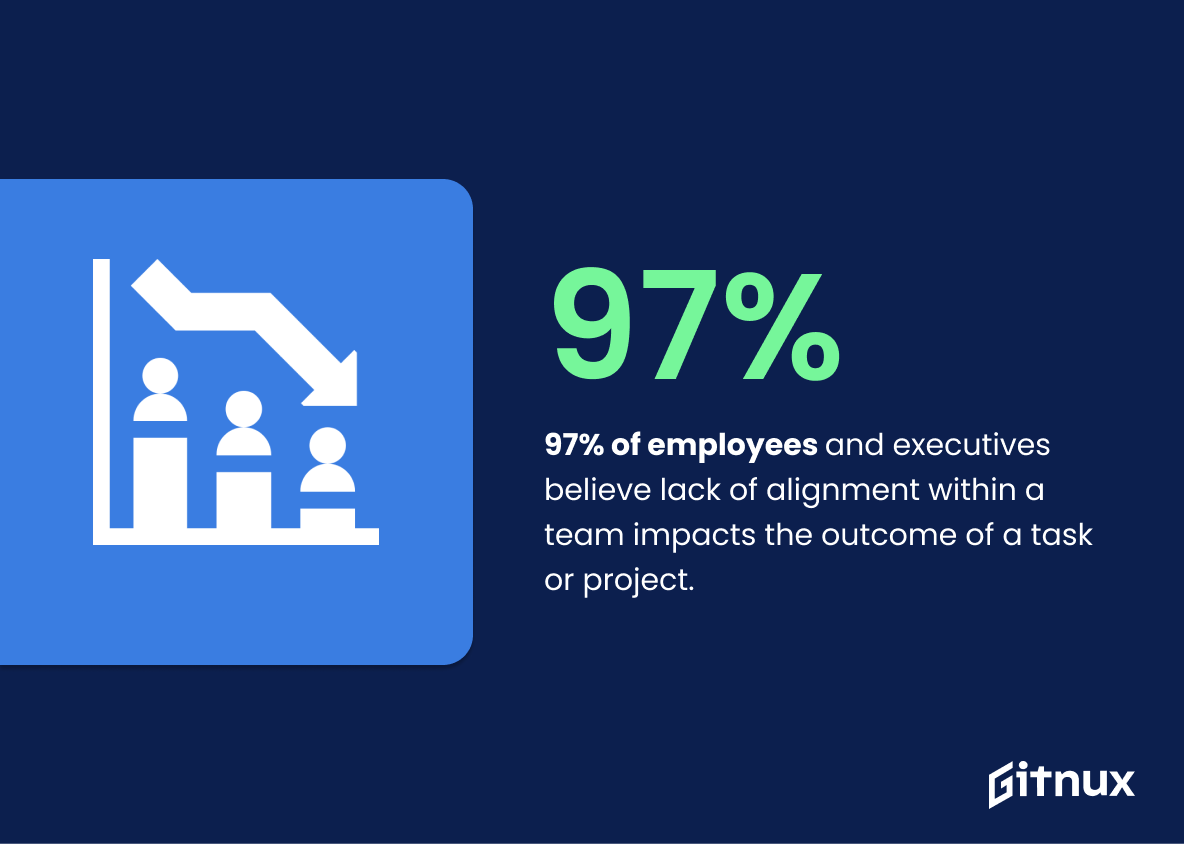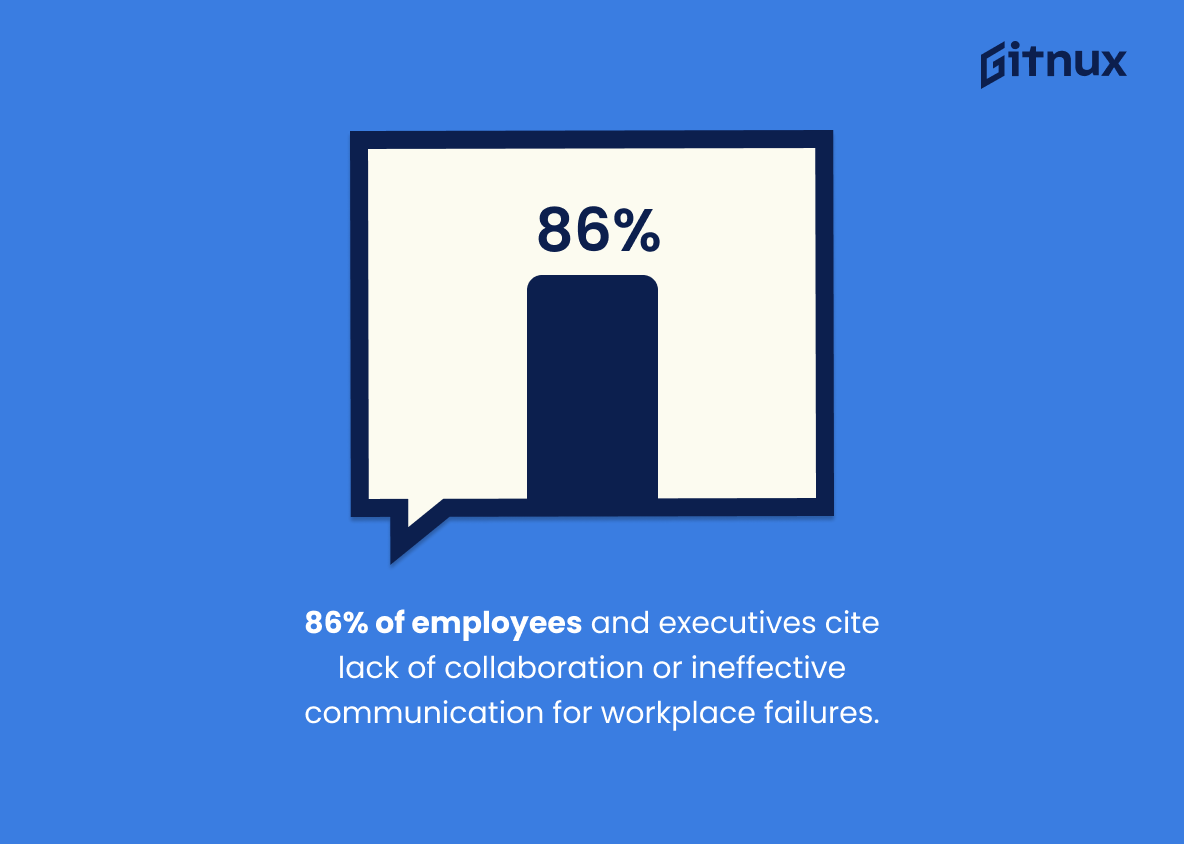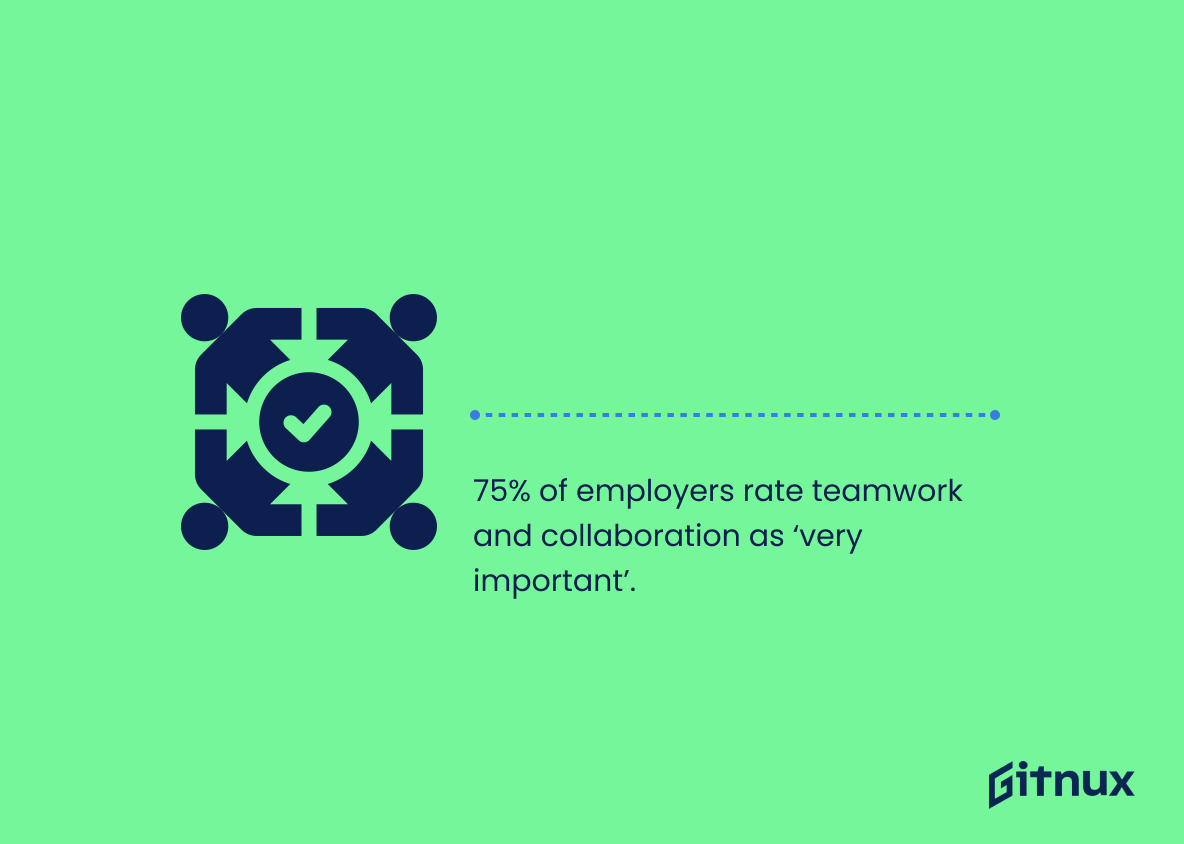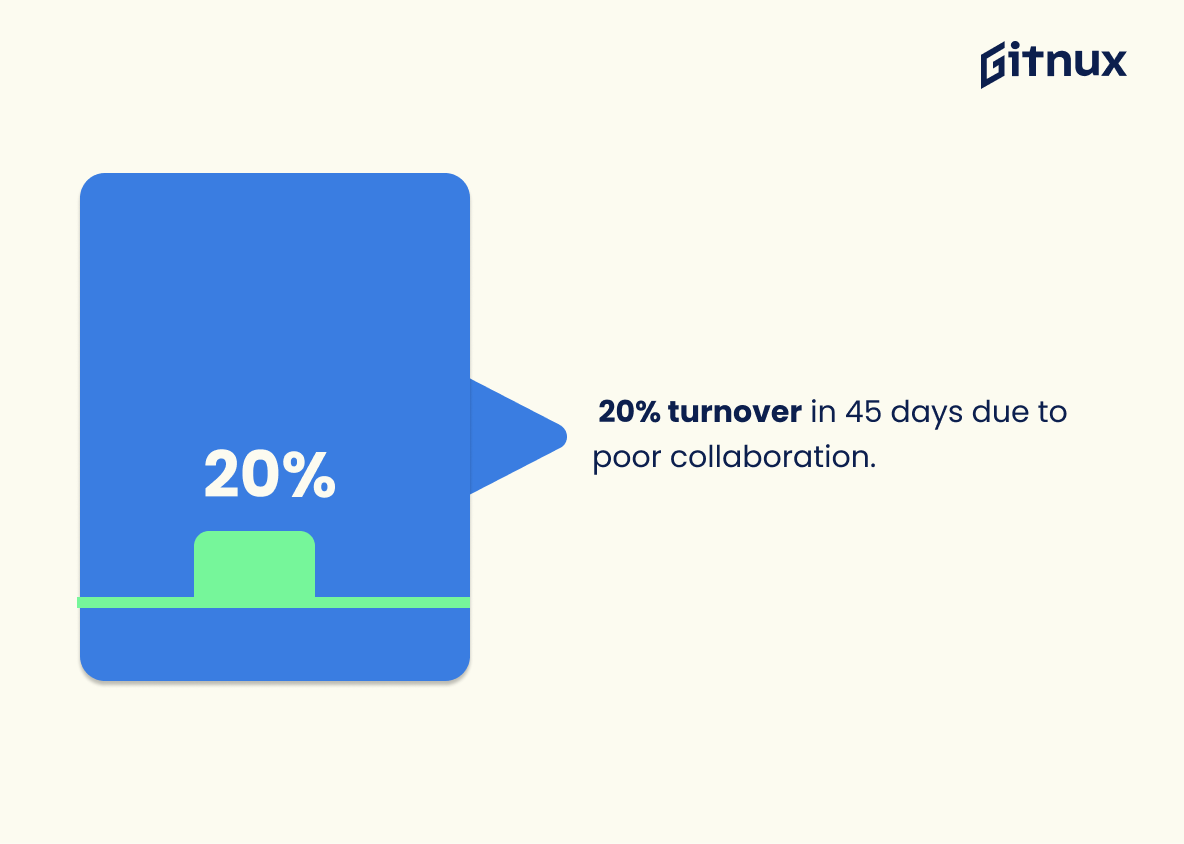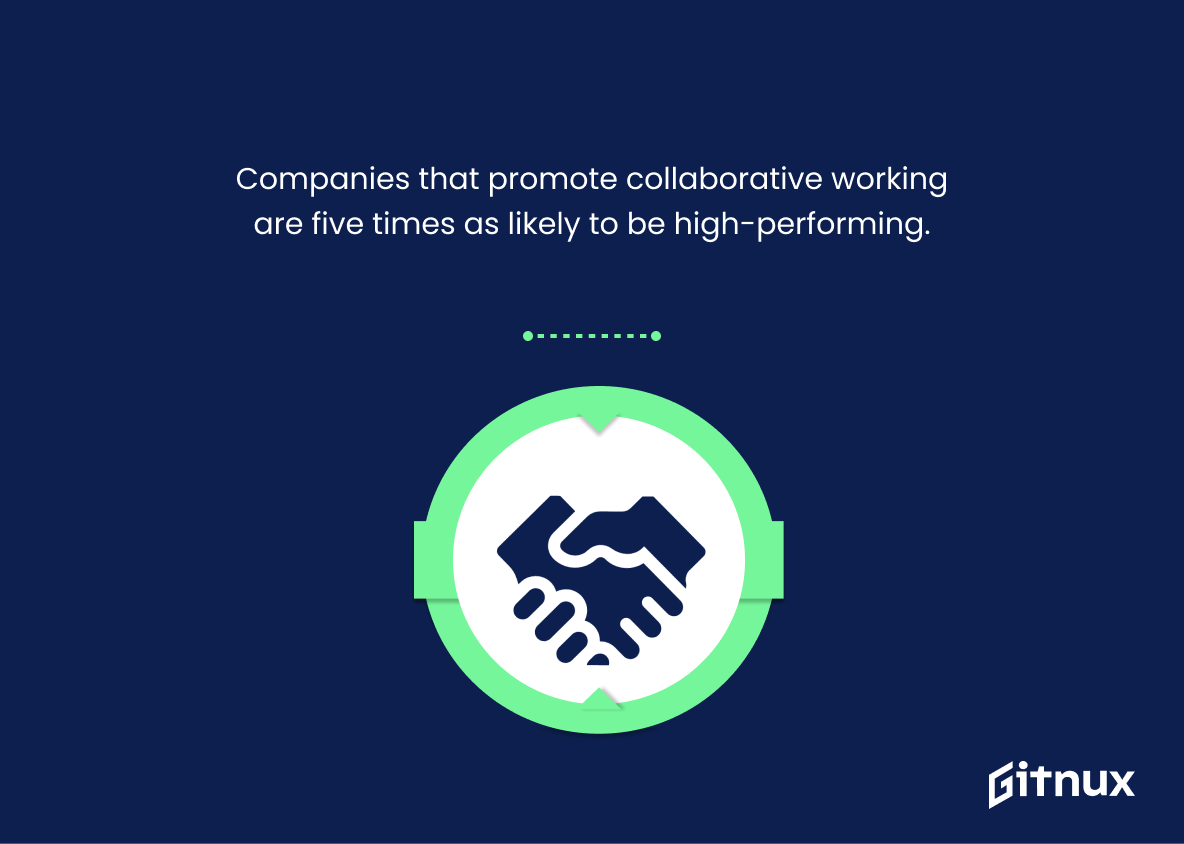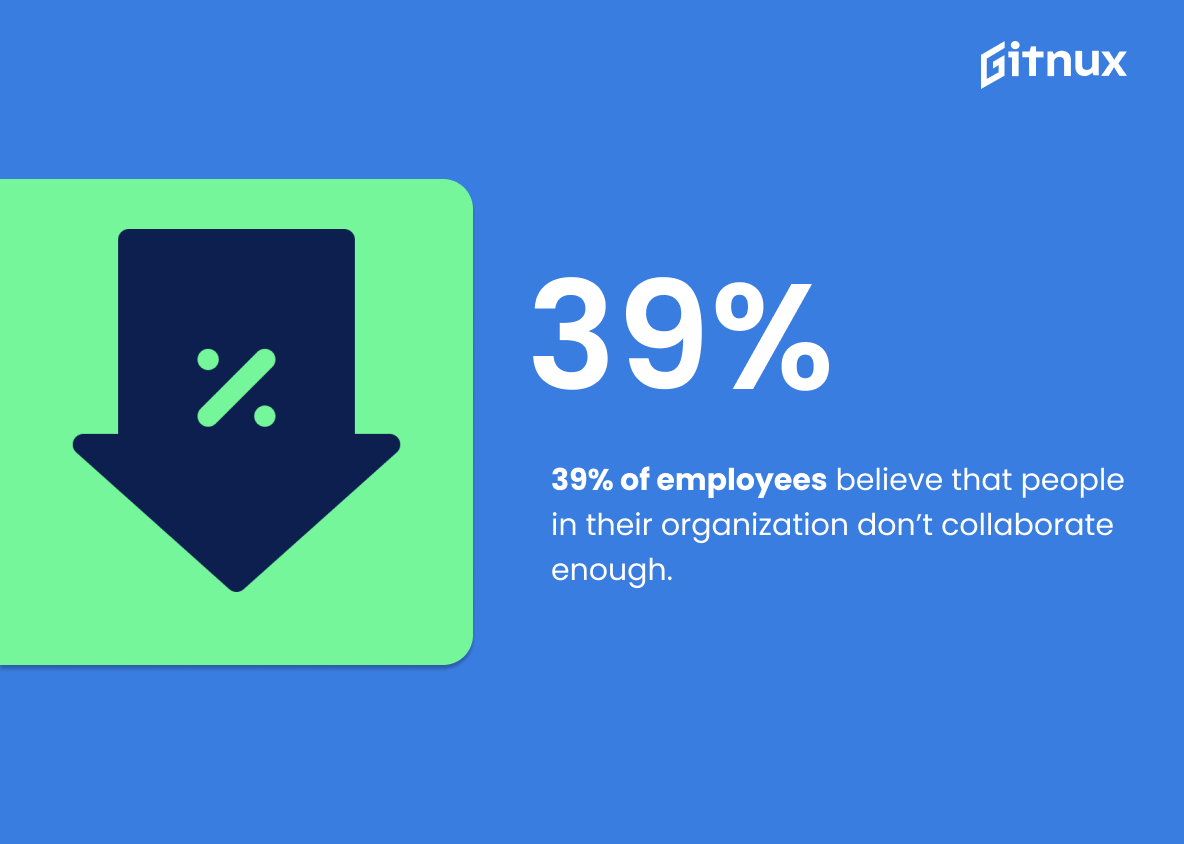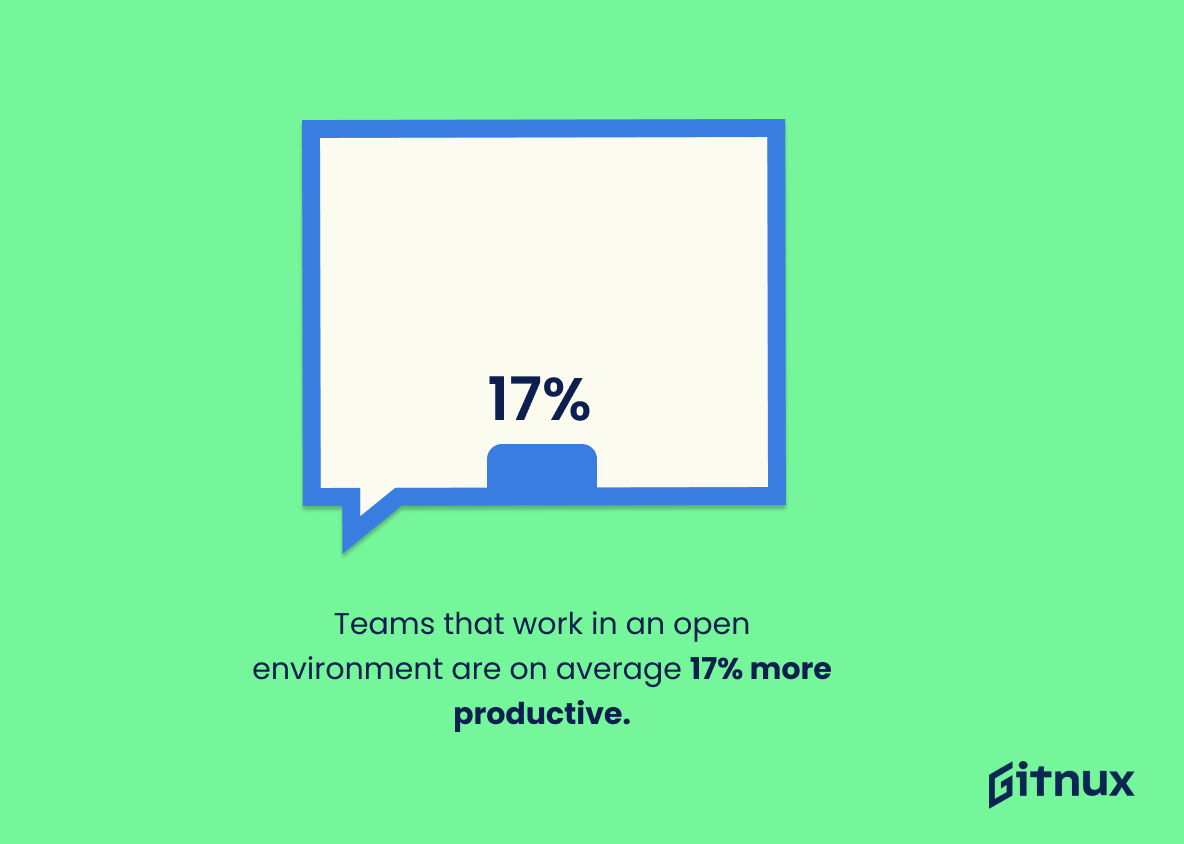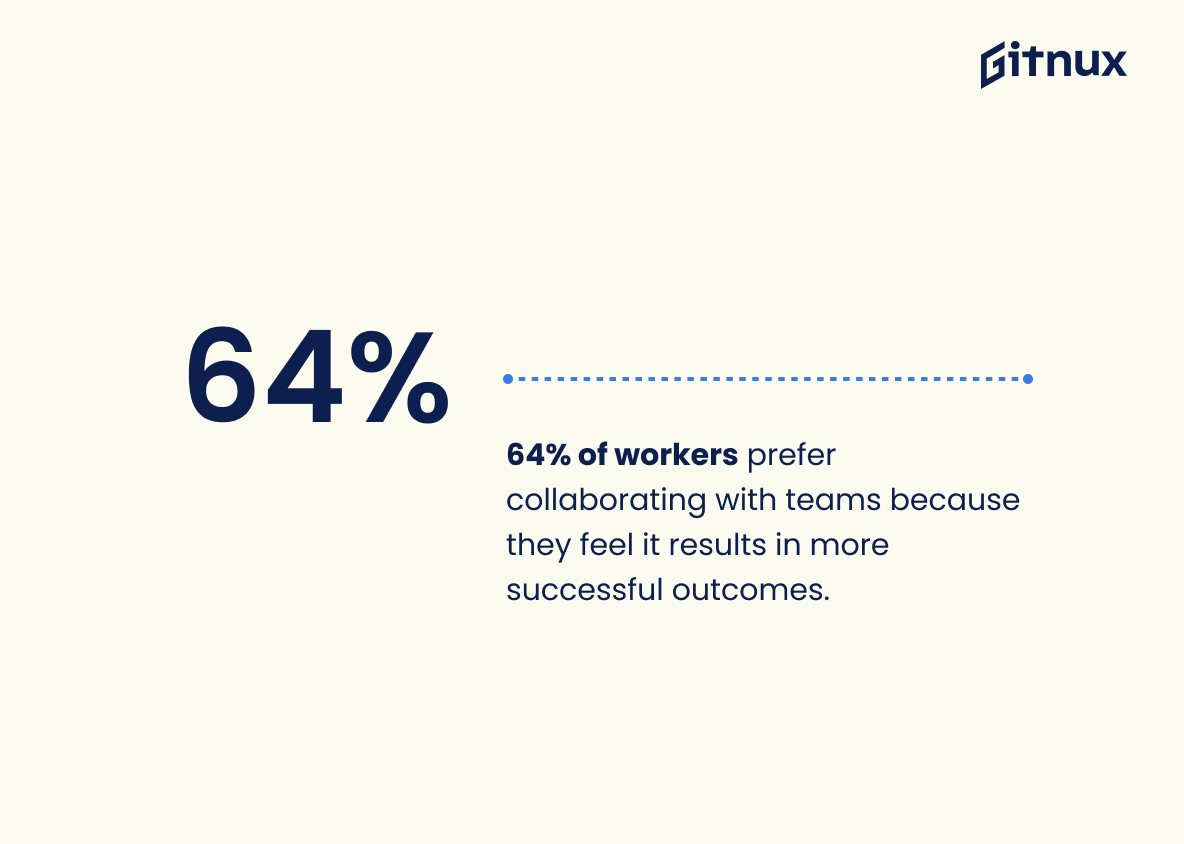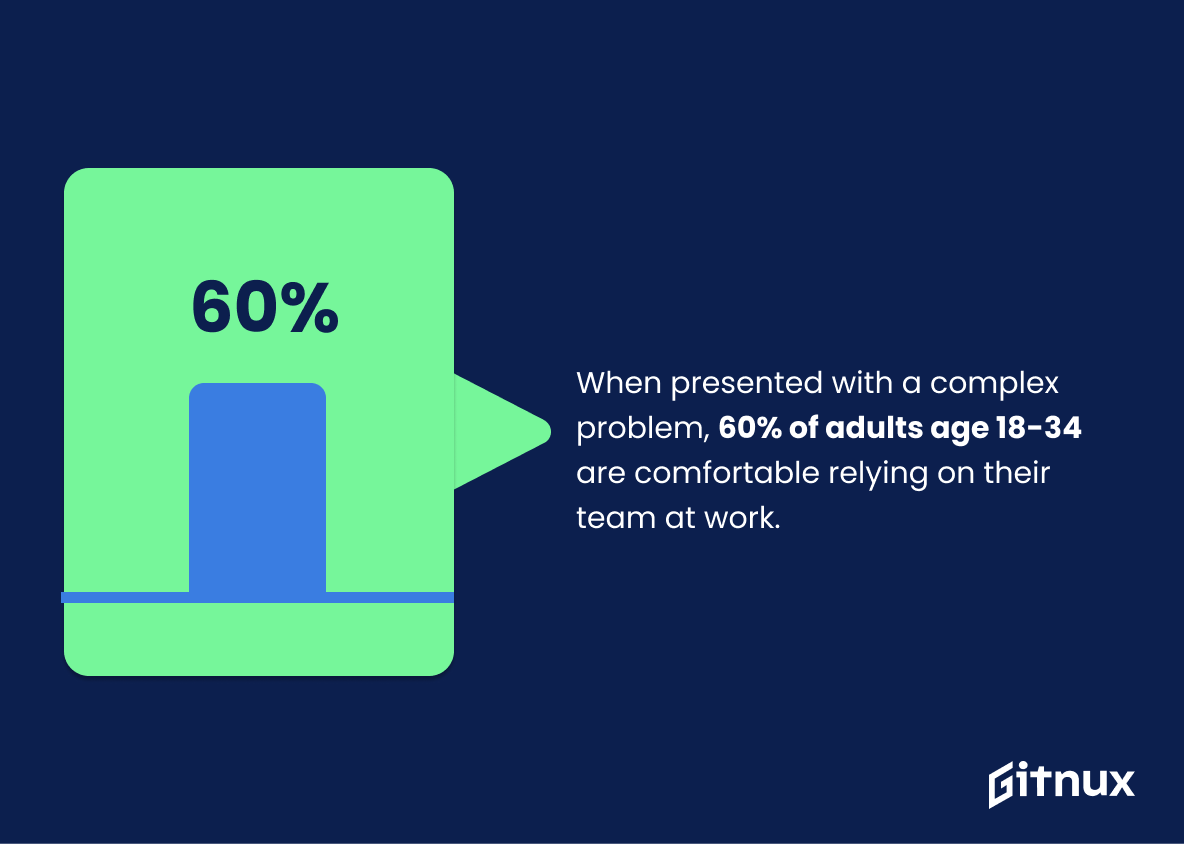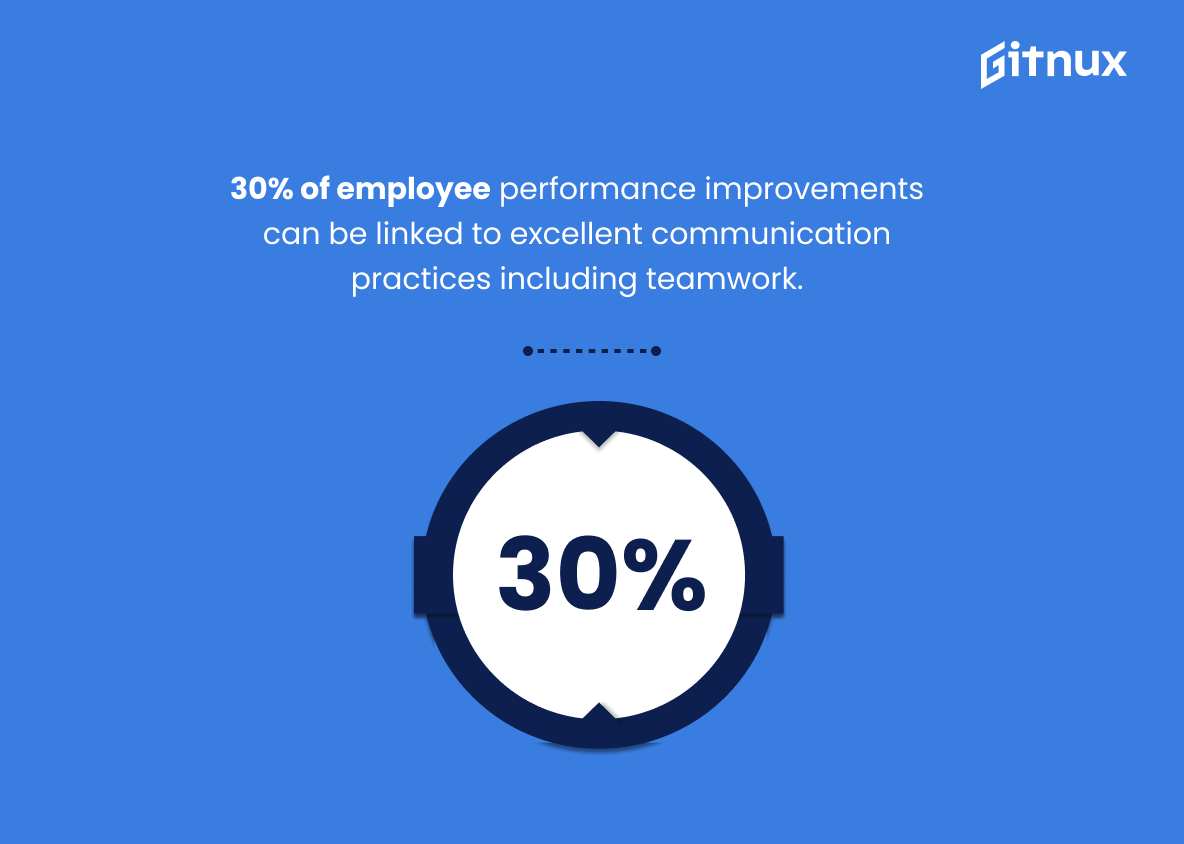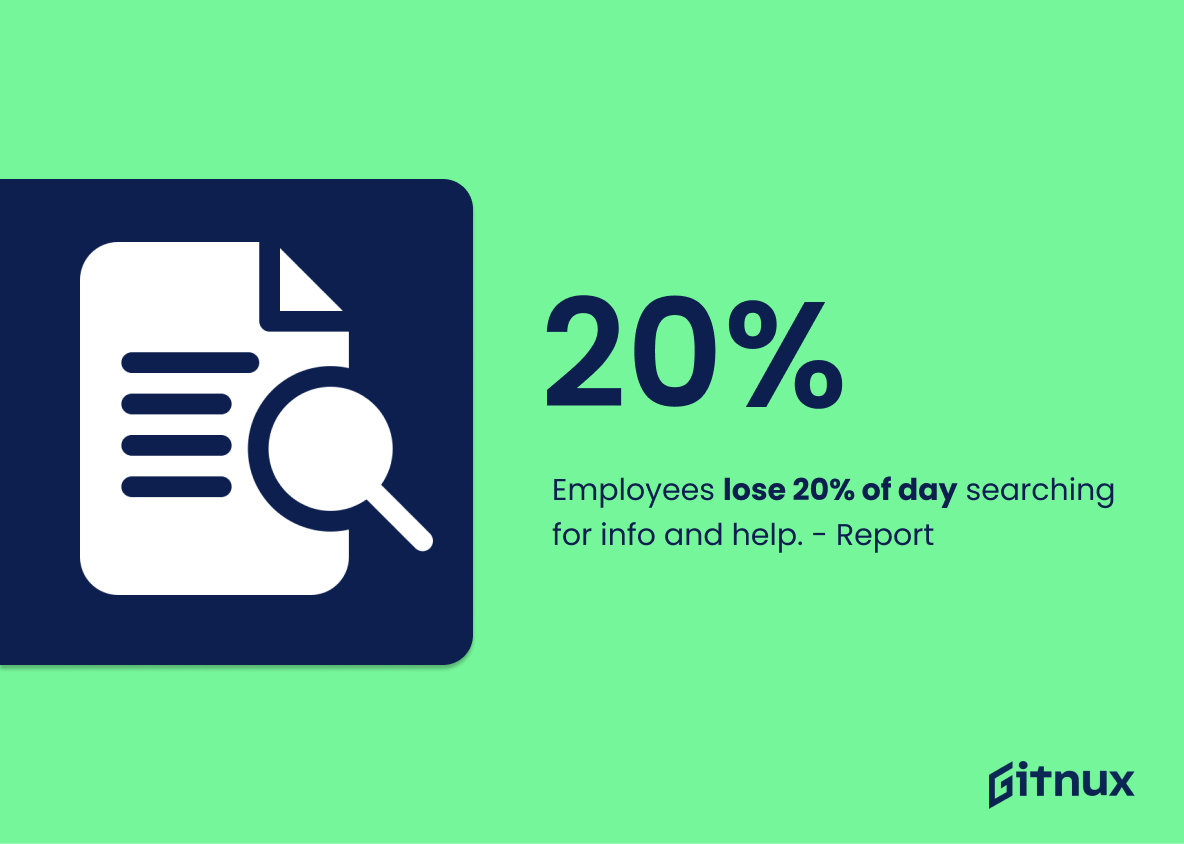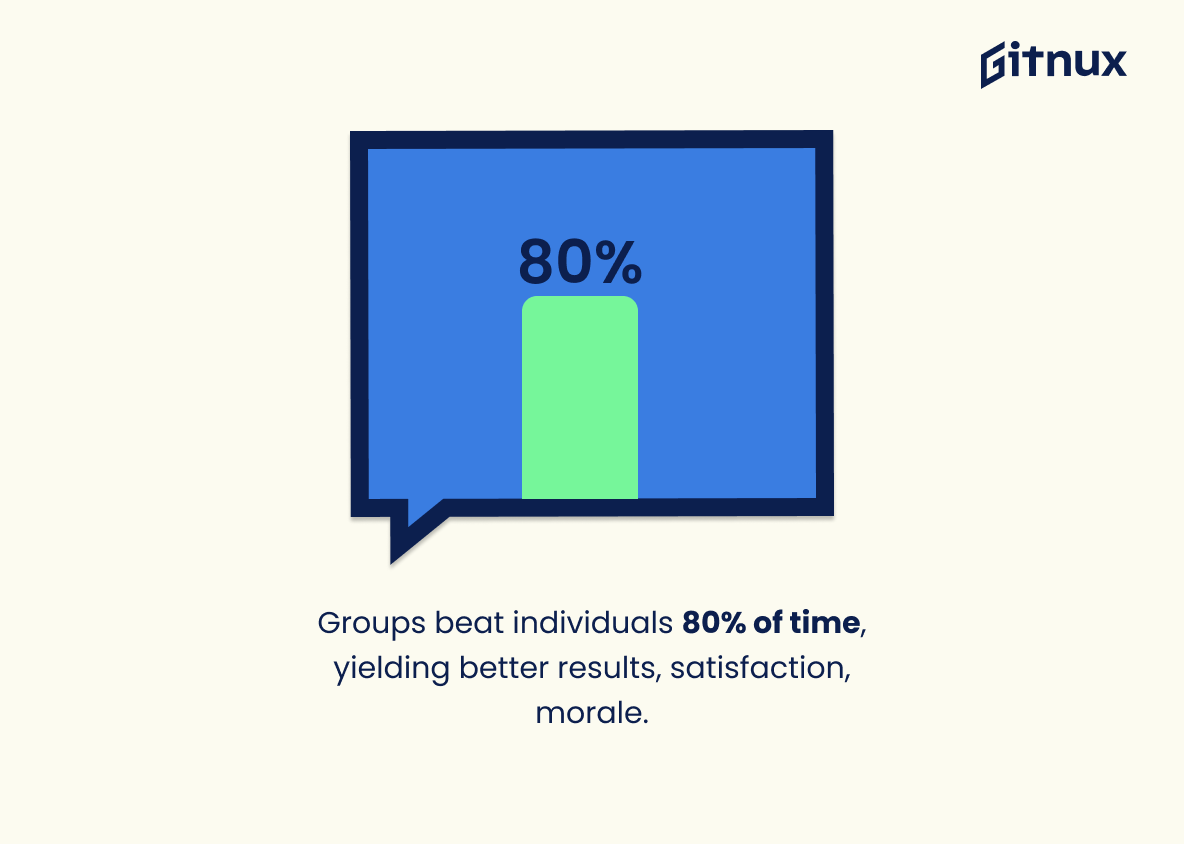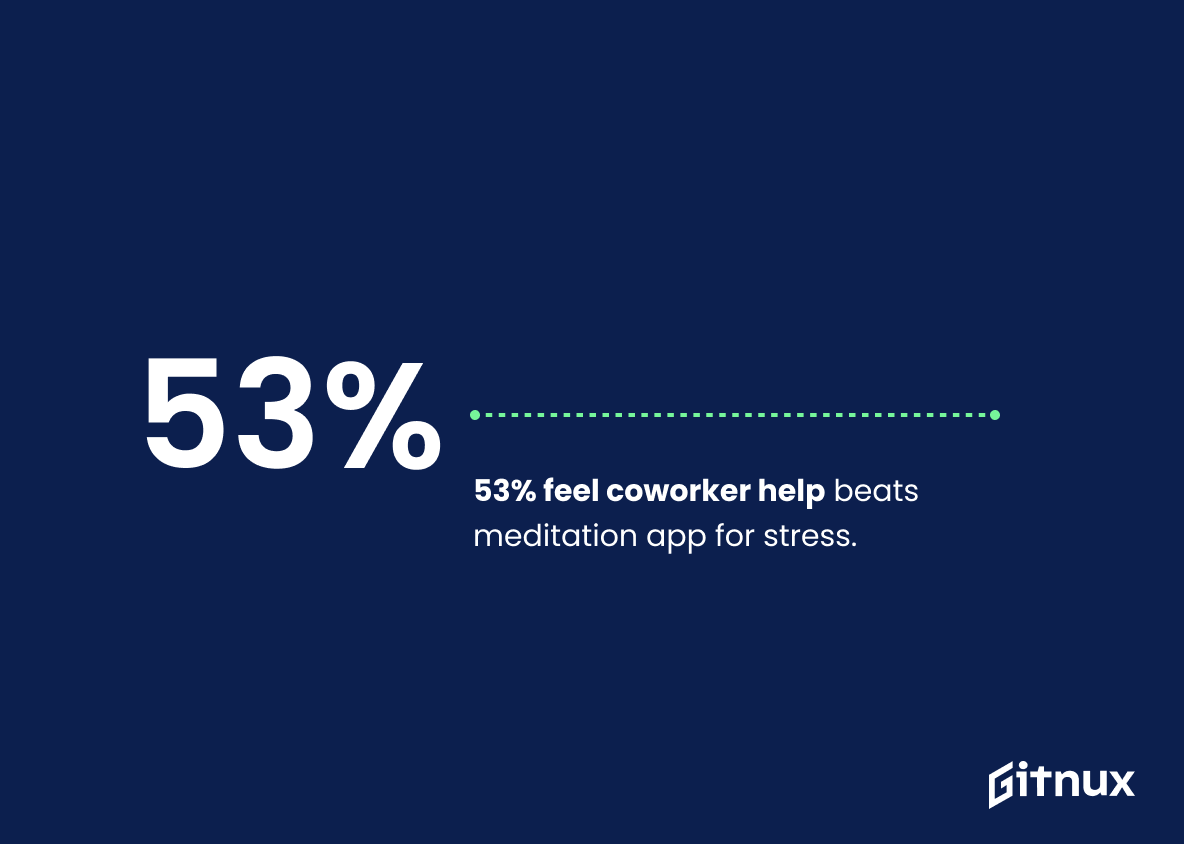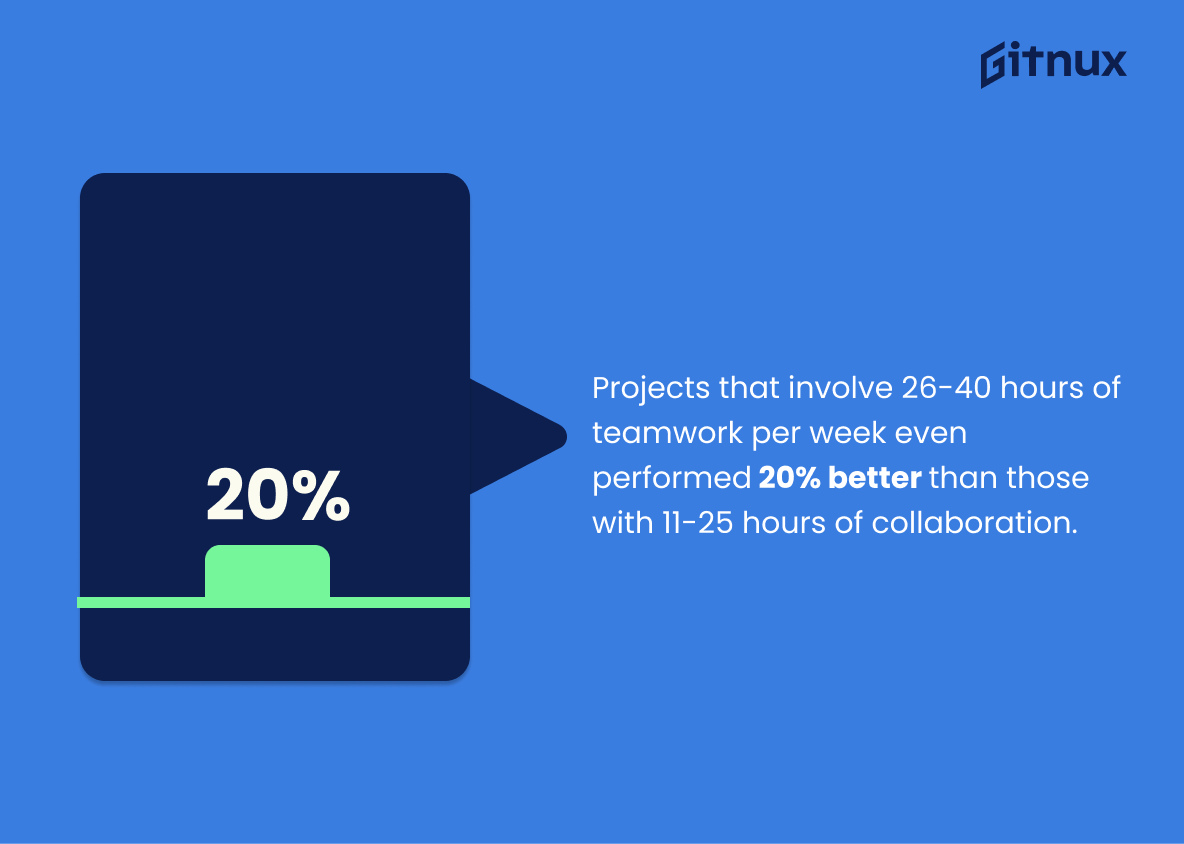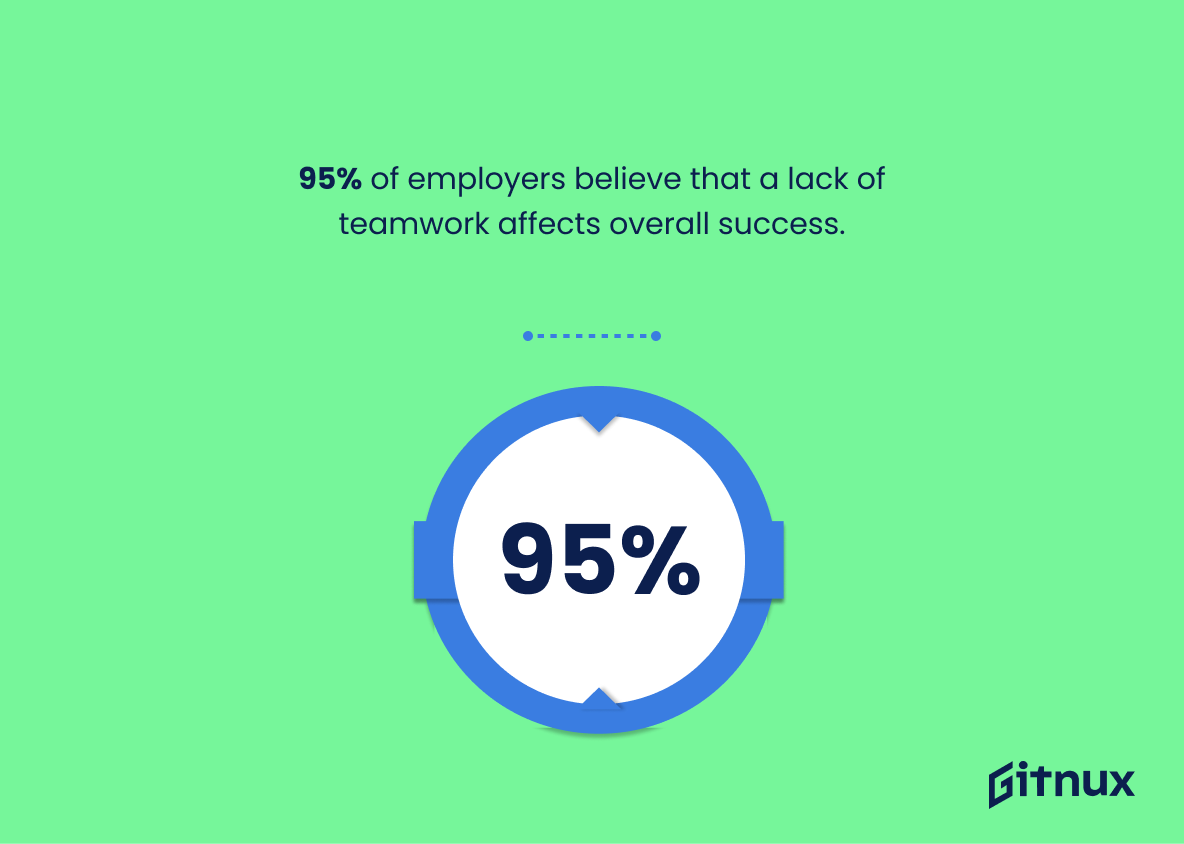Diving headfirst into the fascinating nexus of productivity, we embark on a journey to understand the dynamics of teamwork and individual work. More than just buzzwords, these principles drive our workplaces and lead to numerous variations in output and efficiency. Fueled by data and undeniable statistics, this debate draws in managers, employees, and anyone striving for success and innovation. In this comprehensive blog post, we aim to dissect the Teamwork Vs Individual Work Statistics, shedding light on which approach serves as a more effective propeller for productivity and growth. Whether you’re a solo trekker in your professional journey or an advocate of cooperative synergy, our expose promises intriguing insights and will challenge your beliefs about the ideal work paradigm. So, fasten your seat belts as we delve into this captivating comparison.
The Latest Teamwork Vs Individual Work Statistics Unveiled
97% of employees and executives believe lack of alignment within a team impacts the outcome of a task or project.
When navigating the sometimes treacherous waters of Teamwork versus Individual Work, anchoring your understanding in solid statistical evidence, such as “97% of employees and executives believe lack of alignment within a team impacts the outcome of a task or project”, truly makes difference. This statistic illuminates a crucial implication – the success of any task or project depends not only on the collective skills of a team but also on how well synchronized team members are.
To paint a clear picture, visualize a rowing crew where unity and synchronization, not just individual strength, propel the boat forward. If one rower is out of sync, the entire team’s performance is compromised, affecting the overall outcome. This translates to the field of work as well. Independence and individual skill are important, but these alone cannot replace the power that a well-oiled team can yield.
In the real world of business where completion of tasks and projects is not a solo endeavor, this statistic steers the conversation towards the immense value of harmonized teamwork over individual efforts. So, for anyone deliberating between teamwork and solo work, consider this: A single note can sound sweet, but it’s blending harmonious chords that create a symphony.
86% of employees and executives cite lack of collaboration or ineffective communication for workplace failures.
Highlighting the striking figure of 86% of employees and executives blaming lack of collaboration or ineffective communication for workplace failures, unearths a potent argument in favor of teamwork. For those considering the distinction between a collective effort versus singular approaches, this statistic casts a startling spotlight on the potential pitfalls of an individualistic work culture. A huge majority are aligning workplace inefficiencies not to individual incompetencies, but to inadequate teamwork and communication. Not only does this underscore the significance of synergistic collaboration, it pressures us to reassess popular perceptions of productivity and success in the workplace. In a blog post that weighs the pros and cons of teamwork against individual work, this statistic serves as a data-backed call to boost collaborative endeavors.
75% of employers rate teamwork and collaboration as ‘very important’.
In the battlefield of Teamwork Vs Individual Work Statistics, the declaration of 75% employers rating teamwork and collaboration as ‘very important’ brilliantly illuminates the importance of team-centered work dynamics. This numerical affirmation underscores the fact that in today’s interconnected world, shared efforts often outshine solitary toil, emphasizing the immense value employers put on team skills. As this figure parades high in terms of percentages, it’s an irrefutable witness testifying how weighty collaboration and partnership are in the modern workspace. The statistic is not just a number but a loudspeaker, airing the preferences of employers and potentially shaping the way one approaches their work.
About 20% of all turnover happens within the first 45 days of employment due to lack of effective collaboration and teamwork.
Understanding the dynamics between teamwork and individual work is critical when examining the statistic illustrating that nearly 20% of all turnover takes place within the first 45 days of employment. Employers might be drawn to this statistic like a moth to a flame. It highlights an alarming trend – lack of effective collaboration and teamwork pushing employees towards the exit door at such early stages of their career.
In a blog post contrasting teamwork and individual work statistics, this could serve as a mirror, reflecting the profound importance of promoting teamwork. It’s almost like a wake up call, underscoring the need to foster a work environment that nurtures collaboration, as the lack thereof can lead to sizable turnover, workforce instability, and the associated costs.
Moreover, these numbers may resonate with your readers as a testament of the weight teamwork holds in a workplace environment. Through this statistic, one can appreciate the hidden story: the potential organizational challenges that prompt turnover and the value of a collaborative work atmosphere. Hence, these figures serve as a powerful reminder that cultivating teamwork isn’t a choice but a necessity for organizations, lest they want to risk losing 20% of their new employees within their first 45 days.
Companies that promote collaborative working are five times as likely to be high-performing.
Peering through the lens of this compelling statistic, it’s evident that the power of teamwork far overshadows the might of individual talents in corporate success stories. Highlighted within the core of this fact is the robust link between collaborative workspaces and high performance – a whopping five-fold increase in potential success for businesses that fuel their growth on the engine of teamwork. Elucidating this point paints a brighter, clearer picture for the readers of the blog post, demystifying the oft-debated topic of Teamwork Vs Individual Work Statistics. The potency of their interdependency and collaborative synergies is clearly unraveled, leaving no room for doubting the supremacy of teamwork in the corporate cosmos. Truly, a team that plays together, stays together and slays together.
39% of employees believe that people in their organization don’t collaborate enough.
Painting a compelling picture of the teamwork versus individual work landscape, this intriguing statistic uncaps a crucial issue – that a substantial 39% of employees perceive a deficiency in collaboration within their organization. This unearths a potential rift between the theoretical merits of teamwork and actual applications in professional environments. The statistic becomes a cornerstone in this discussion, reinforcing the argument that substantial teamwork is not yet universally adopted, despite its known benefits. Therefore, in the pursuit of balanced dialogue about the teamwork versus individual work debate, this statistic is a pivotal player.
Teams that work in an open environment are on average 17% more productive.
Unveiling this powerful statistic can truly illuminate the benefits of communal effort within a blog post about Teamwork Vs Individual Work Statistics. The revealing 17% productivity boost amongst teams in an open environment provides a compelling argument for teamwork. This number underlines the tangible value of collective work—suggesting that open communication, shared responsibilities, and mutual inspiration can spark a significant enhancement in performance. Therefore, this statistic holds a considerable weight, encouraging readers to ponder about the potential benefits that physical openness and the spirit of collaboration can bring. The numerical data serves as a testament, shattering any existing myths about individual work being unequivocally superior and inviting readers to imagine a world where coworkers complement each other’s skills, rather than working in solitude.
64% of workers prefer collaborating with teams because they feel it results in more successful outcomes.
Delving into the essence of this statistic – an impressive 64% of employees endorse teamwork as their favored approach – bestows prospective viewers with quantifiable evidence about the preference for teamwork to catalyze success. In the eternal debate of teamwork versus individual work, this numerical nugget of wisdom guides readers, subtly leaning the scales towards teamwork. It illustrates a clear preference, asserting that employees not only gravitate towards a collective work environment but also attribute enhanced productivity and effectiveness to it. Consequently, this statistic has the prowess to potentially remodel perspectives and nudge managers and leaders in a direction encouraging group collaborations in their work culture.
When presented with a complex problem, 60% of adults age 18-34 are comfortable relying on their team at work.
This intriguing statistic propels to the forefront in a discussion on Teamwork Vs Individual Work Statistics, as it presents a compelling insight into the attitudes of younger adults towards collaboration. Underscoring the predilection of the 18-34 age demographic to count on their work team when faced with a complex problem, it illuminates the central importance they place on teamwork. This reliance on collective intelligence over solo effort could be emblematic of the operational dynamics in modern workplaces, where problem-solving increasingly demands diverse skills and knowledge sharing. Therefore, it offers an interesting perspective while dissecting the pros and cons of teamwork and individual work.
30% of employee performance improvements can be linked to excellent communication practices including teamwork.
Laying the groundwork for an insightful comparison between teamwork and individual work, the statistical foundation reveals that a significant 30% of employee performance enhancements are intertwined with superior communication practices such as teamwork. This intriguing relationship not only underscores the importance of collaborative efforts in bolstering employee productivity but also impresses upon its powerful role in shaping results. When positioned against the backdrop of individual work, such compelling statistics invite readers to reflect on the undeniable power of teamwork—illuminating the possibility of a third more productivity—that can only be accessed when teams communicate excelli. Isn’t this an enticing vignette to explore as we delve deeper into the collision of team dynamics and individual efforts in the workplace?
Employees waste 20% of their day (an equivalent of one day per working week) searching for internal information or tracking down colleagues for assistance.
Peeling back the layers of this fascinating statistic, we uncover a compelling argument that further fuels the debate of Teamwork Vs Individual Work. A startling one fifth of an employee’s day gets lost in the labyrinth of information retrieval or the quest for assistance from fellow coworkers. That’s a whole day in a typical work week.
In the context of a blog post dissecting Teamwork vs Individual Work, this revelation stirs a necessary pause for thought. It makes one ponder on the synergy, or perhaps the lack thereof, in team dynamics. Is the team-communication machinery in need of some serious oiling or is it the organization’s knowledge management system that’s creaking under inefficiency?
On one hand, this mirrors the potential time drain and productivity loss in teamwork situations where a well-defined structure or efficient communication channels are absent. Conversely, it could also reflect on the challenges of individual work, where self-reliance escalates the time spent on searching for key information.
Therefore, this statistic, subtle yet resounding, stokes curiosity and invites deeper exploration into the realms of Teamwork and Individual Work dynamics. The quest is not just about identifying the better approach, but understanding how to minimize such inefficiencies and accentuate productivity irrespective of the work mode.
Groups outperform individuals over 80% of the time and can produce better results as well as satisfaction and morale.
Undeniably illuminating, the statistic paves the way for a compelling discourse on the power of collaboration as it triumphs over solo efforts in about eight out of ten instances. In the grand scheme of Teamwork Vs Individual Work debate, this fact might just be the missing element to turn the scales in favor of collective endeavors. Moreover, it’s not just about achieving superior results, but the emphasis on enhanced satisfaction and boosted morale presents an intriguing crossroad where productivity marries positive workplace sentiment. Thus, in unearthing the unquantifiable benefits of synergy, this statistic becomes a beacon of insight in an ocean of raw, numerical data interspersed across the blog post.
53% of employees claim that having a colleague help out during a high-stress situation makes them feel better than a meditation app.
As we delve into the mysteries of teamwork and individual work statistics, this particular stat dramatically paints the potency of collaborative support; 53% of employees assert that the helping hand of a colleague in high-stress scenarios induces more comfort than a meditation app. It insists on the fundamental human need for connection, acting as a compelling testament to the vital role teamwork plays in promoting mental well-being in the workspace, compared to solitary methods. These number twos tell us that, more often than not, our synergies cannot just enhance productivity but can also be the glue holding us together when the going gets rough. So, keep in mind, the next time stress tries to take us down, let’s extend our faith in the stirring power of companionship over digital relief – because most of us, statistically speaking, are fashioned that way.
Projects that involve 26-40 hours of teamwork per week even performed 20% better than those with 11-25 hours of collaboration.
Painting an insightful picture with numbers, this commanding statistic adds a passionate note to the symphony of Teamwork Vs Individual Work Statistics. It underscores the well-documented reality that more hours spent orchestrating in unison can amplify overall project performance. In other words, projects receiving between 26-40 hours of collective effort per week outdo those that were graced with a modest 11-25 hours of teamwork by a substantial 20%.
In the illustrated landscape of Teamwork Vs Individual Work data, this revelation is not the background scenery. It can, in fact, be seen as the focal point, guiding the narrative. This statistic doesn’t merely suggest; it asserts, it validates that the quantity of hours dedicated to teamwork each week can dramatically influence the final project result. It’s like saying that a greater investment of collaborative time and effort is directly proportional to an enhanced output.
So, in the grand canvas of this blog post, this statistic adds weight to the argument that teamwork, given enough time, can enhance project performance significantly. It’s like the crescendo in the perpetual concert of the power of collaboration, confirming that often, when it comes to chiseling out stellar performance, ‘we’ may overshadow ‘me’.
95% of employers believe that a lack of teamwork affects overall success.
In an open-palmed contest between Teamwork Vs Individual Work, the statistic hits the bull’s eye and paints a vivid picture of the necessity of collaboration. Imagine, an overwhelming 95% of employers voicing their concern that a dipstick in teamwork could result in a potential derailment from the success train. This startling find sways the pendulum hard towards the supremacy of teamwork, reinforcing the old adage, “United we stand, divided we fall”. The figure is not just a mere number, but a strong indication, a veritable compass pointing towards the essential role played by collective effort in ensuring the smooth stride towards shared objectives. The statistics put a magnifying glass on the pitfalls of solo flight over the cross-continental journey of a corporate entity towards its definitive goals.
Companies that encourage small group in-person communication are 21% more productive.
In the riveting duel between teamwork and individual work, statistics like these throw a captivating spin on the game. Imagine a workplace environment where small group in-person communication is not just encouraged but revered. This significant 21% hike in productivity breathes life into a blog post discussing the dynamics of teamwork versus individual work.
This percentage crystallizes the central role that teamwork can play in boosting productivity, thereby throwing a spotlight on the quantitative advantage that in-person collaborations can achieve compared to individual efforts. It unmasks the tacit benefit of human interaction in a team environment, leading to increased efficiency and output, paving the way for companies to reap higher dividends.
No wonder if it nudges corporations to re-evaluate and recalibrate their strategies, fostering a work culture that thrives on collaboration and shared vision rather than siloed efforts. Such powerful insight could potentially shift the scales in favor of teamwork in the on-going debate surrounding Teamwork versus Individual work.
Roughly 60% of employers complain that applicants do not demonstrate sufficient communication and teamwork skills.
This statistic serves as a vibrant spotlight, shedding light on a prevalent issue in today’s workforce. A majority, around 60% of employers, bemoan the shortage of communication and teamwork skills among job applicants. When discussing Teamwork Vs Individual Work Statistics in a blog post, this statistic acts as a wake-up call, emphasizing the urgent need for greater teamwork skills. It reflects not just an organizational need, but also a social consensus, underlying the reality that teamwork often inches ahead of individual performance in a collaborative work environment. Ultimately, the statistic signifies the profound relevance and value placed on teamwork in contemporary professions. It amplifies the core message that individual brilliance never quite compensates for the ability to perform seamlessly within a team.
57% of projects fail due to breakdown in communications, indicating the importance of team collaboration.
Drawing upon the strength of statistical insight, the compelling figure of 57% of projects failing due to communication breakdown illuminates the crucial role of teamwork. Nestled within these numeric insights is an echoed testament to the indispensable value of effective communication within any team. This significant percentage underscores the potential disasters lurking behind ambiguous instructions and unshared information. Thus, reinforcing the perception of teamwork superiority over individual work in achieving project success. After all, in the dynamic landscape of project management, the ability to collaborate seamlessly and communicate effectively becomes more than a luxury – it is a necessity.
In contrasting individual work, the statistic serves as a stark reminder that cognizant contribution of every team member and their collective synergy can ward off the ominous specter of the 57% project failure rate. Hence, these figures triumphantly orchestrate a compelling argument for teamwork, underscoring it as no less than the backbone of project success. This poignant message, enhanced by the sobering force of statistic, becomes an indomitable voice championing for teamwork in the lively discourse of Teamwork Vs. Individual Work Statistics.
Conclusion
Reviewing both teamwork and individual work statistics, it’s clear that each approach comes with its unique strengths. While teamwork often leads to increased creativity, better decision-making, a diverse skills set, and fostered relationships, individual work can yield greater focus, less room for conflict and quick decision-making. Ultimately, the best approach depends on the nature of the task, the skills available, and the objectives of the project. A balanced blend of both teamwork and individual work, customized to particular needs, may yield the most effective results in the modern workspace.
References
0. – https://www.clearcompany.com
1. – https://www.www.salesforce.com
2. – https://www.www.forbes.com
3. – https://www.www.globenewswire.com
4. – https://www.online.hbs.edu
5. – https://www.www.steelcase.com
6. – https://www.business.linkedin.com
7. – https://www.www.press.umich.edu
8. – https://www.www.gensler.com
9. – https://www.dynamicsignal.com
10. – https://www.www.ncbi.nlm.nih.gov
11. – https://www.www.it-cortex.com
12. – https://www.www.cornerstoneondemand.com
13. – https://www.www.prnewswire.com
14. – https://www.www.uctoday.com
15. – https://www.www.queensu.ca
